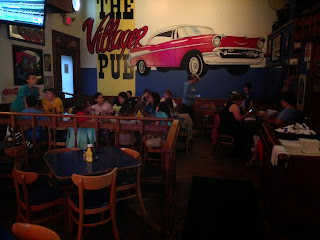This part of the blog post was written by Lindsay as part of her continuing study of Vivian Maier:
The last couple of weeks the 5th and 6th graders have been creating projects based on their M.O.O.T (Mars Out Of Time) characters. M.O.O.T is a website where 5/6s act as historical figures of their choosing and solve problems related to creating a Mars colony. They have been making paintings, stories, games, and more all week. Here is what some of the students have been creating.
Oliver S. (Andy Warhol) is painting a picture in the style of Andy Warhol in a Mars theme. The painting will be either of the rocky surface of Mars, or of a spaceship. Andy Warhol made the famous ‘Campbell’s Soup Cans’ painting.
Evan (Gengis Khan) & Ben (Shigeru Miyamoto) are making a board game about Mars. The goal of the game is to conquer the Martians on the planet Mars. Genghis Khan was a warrior, and Shigeru Miyamoto was a video game designer.
Kit is portraying Georges Remi, also known as Hergé. Kit is drawing a comic in the style of Hergé. The comic is about a few kids who live in the Mars colony. But when disaster strikes, it’s up to them to make it right. Hergé is the writer and illustrator of the famous comics, called Tintin.
--Lindsay
In addition to the MOOT projects that Lindsay wrote about, students are working one or more other projects as well including: video documentaries, book projects, and/or completing a story. [--Sam]
 |
Oliver S is working on his documentary and Olie is making a game for his book project.
|





















